 The picture to the right is of an old, piece of trash Dell Vostro 200 desktop computer that was cheap and incapable the day we got it. As can be well attested over the years of this blog, I have pieces of projects in various stages of completion and a ton of software to go with them. Now, I have a partner in crime. My buddy John, from my last job and I are embarking on a project that includes the new little BeagleBone Black computer we bought a couple of weeks ago. The idea is to develop some capability for embedded computers that will be both educational for John and I and to create something interesting.
The picture to the right is of an old, piece of trash Dell Vostro 200 desktop computer that was cheap and incapable the day we got it. As can be well attested over the years of this blog, I have pieces of projects in various stages of completion and a ton of software to go with them. Now, I have a partner in crime. My buddy John, from my last job and I are embarking on a project that includes the new little BeagleBone Black computer we bought a couple of weeks ago. The idea is to develop some capability for embedded computers that will be both educational for John and I and to create something interesting.
So, for want of another idea and maybe because of our lack of creativity, we decided to start with something simple that might be a base for something bigger if we get this first thing to work. So, here is the plan. We want to put up a website that allows a user to click a button that takes a picture with a camera connected to the computer in the picture. Next, we want to get that same functionality running on the Beagle Bone at my buddies house in Arizona. A much more portable, cheaper computer makes the project much more interesting and a little bit more difficult. There are lots of ways of very simple ways to do precisely what we just said, but we want to put infrastructure in place to extend the ability of computers to do Machine Vision, sensor fusion and robotic control tasks.
When (and if) we get this done, we have an idea about what we want our webified cameras to do that is special. It is actually a little bit more ambitious than what I did for the GaugeCam project, but also a little bit more challenging. Truth be known, the GaugeCam project was very challenging because it had to be able to work 24/7 outdoors in any kind of weather or physical environment.
Betty Blonde #384 – 01/05/2010
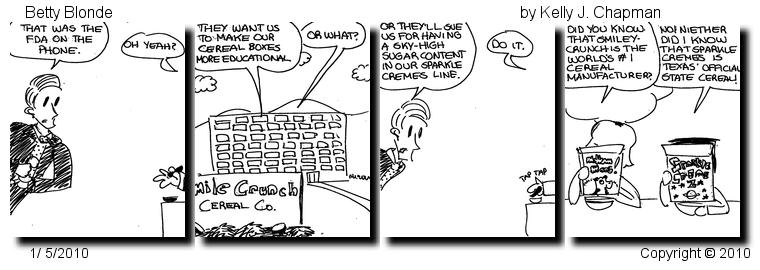
Click here or on the image to see full size strip.


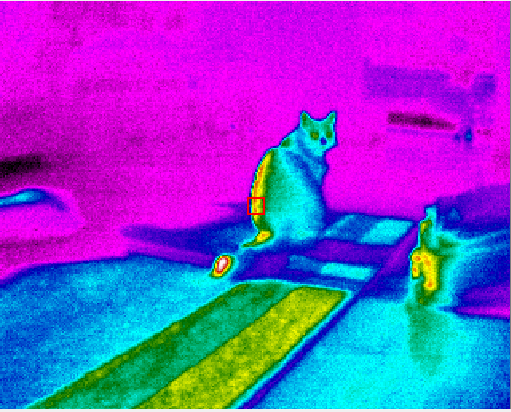
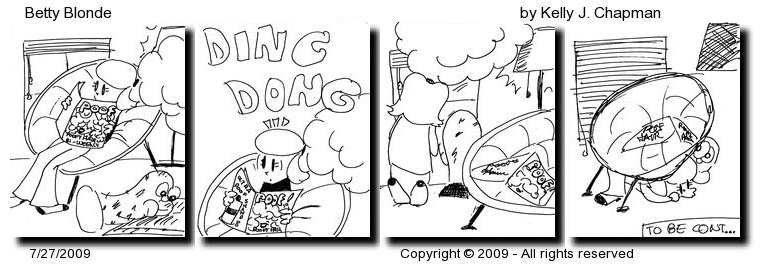
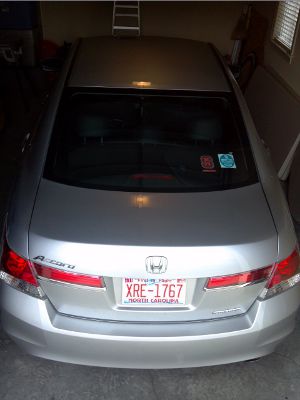


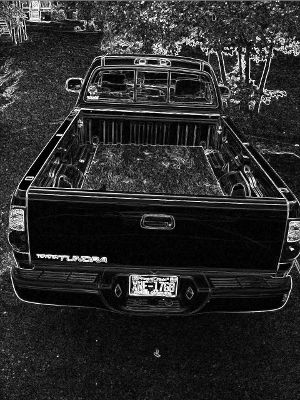
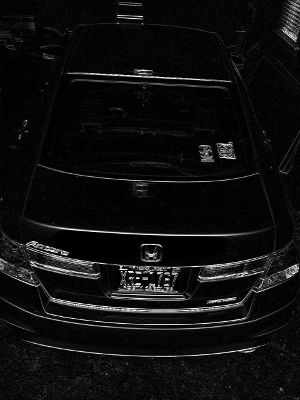
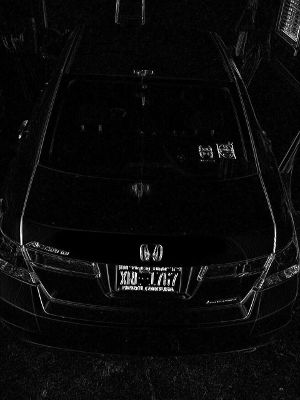


 In my day job, I am working on a product that performs three dimensional scans of all kinds of stuff with a product called a
In my day job, I am working on a product that performs three dimensional scans of all kinds of stuff with a product called a